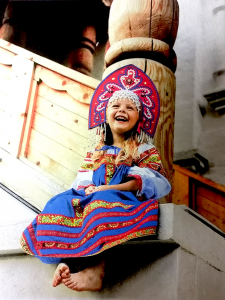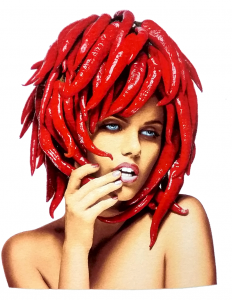Kieth Stevens is the Western Regional Sales Manager for International Coatings. He has been screen printing for over 39 years, teaching screen printing for more than 13 years and is a regular contributor to International Coatings’ blogs. He also won a 2014 Golden Image Award from SGIA.
What You Need to Achieve Photo-Realistic Screen Prints
June 01, 2018
In an article recently published in Printwear Magazine, Kieth Stevens gives us some tips on how to achieve photo-realistic screen prints.
I often travel to see customers, many that are quite successful and large. When conducting ink testing or trials at their facilities, I bring some of our print samples to show them how our inks look and feel on a regular shirt. Recently I’ve shown our photo-realistic print samples, and some have replied that they are not able to get the same detail or result. That’s when I observe and see how their facility is run. Most screen-printing facilities house excellent printers, but sometimes their manual printers don’t use a flood stroke when printing onto a garment. Instead, they often double or triple pass the squeegee to get a good print (enough ink coverage) on the garment. This type of technique may get the print sample approved initially, but believe me—when the actual job moves on to production, the plant or floor manager will find it difficult to get production to match the sample print. That is because the manual printer “cheated” on their print technique. The automatic press is set to have the squeegee flood the screen initially, so if the machine needs to double or triple pass the squeegee instead, it would increase the time it would need to finish one print. Screen tightness and a good deposit of emulsion are also of great importance when it comes to getting a great print, whether photo-realistic or not. Here are some of the simple but necessary things to check off:
- Tight mesh
- Sharp squeegees (no nicks allowed)
- Sufficient emulsion on the screen (EOM)
- Correct off-contact
- Squeegee speed and angle
- Proper flood stroke to fill the mesh openings and prepare the image for the print stroke



